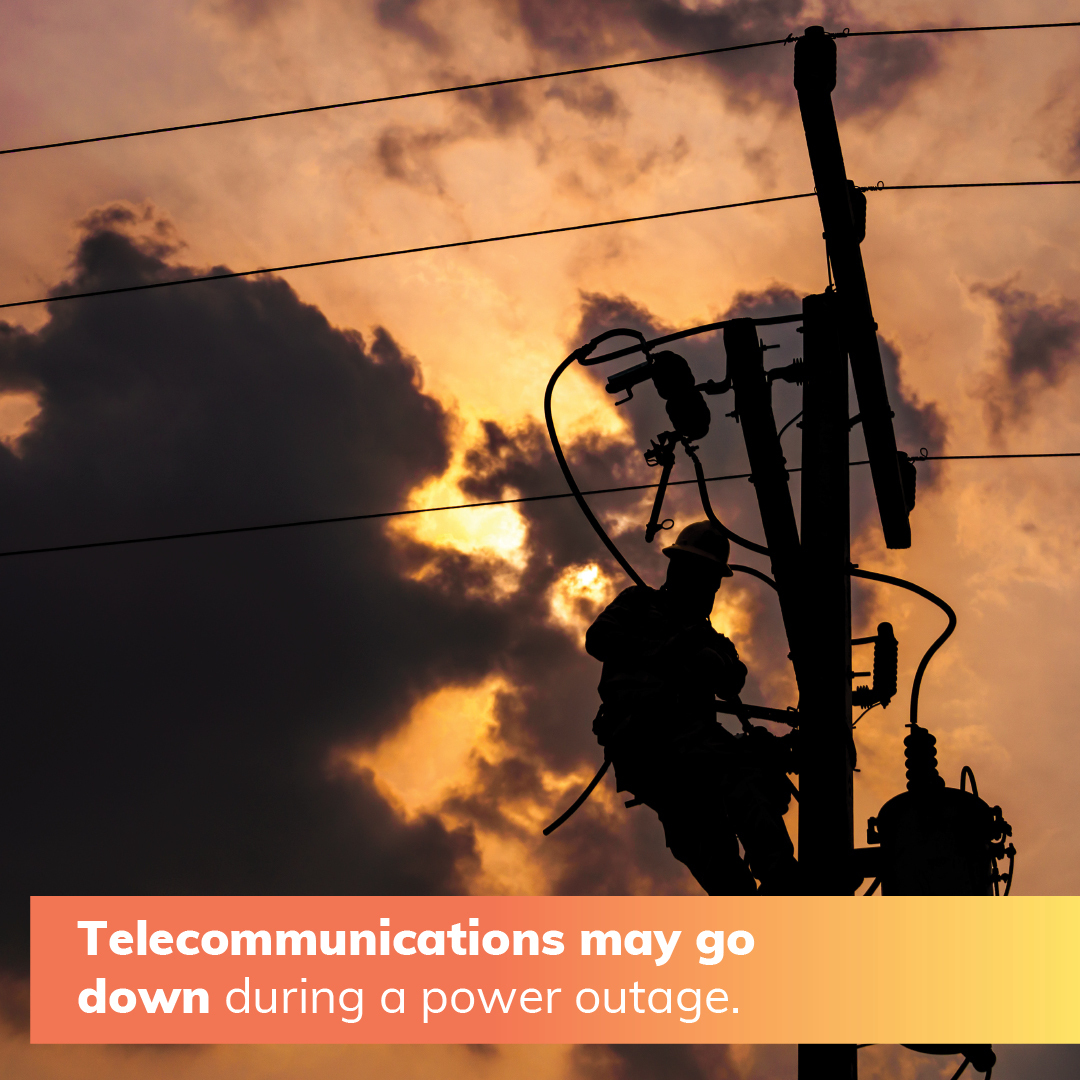
Critical Incidents
Destination Phillip Island maintains a Critical Incident Plan which includes a procedure of responses should an incident occur affecting visitation to the region.
Background
Attracting a high number of tourism and event visitors throughout the year, featuring limited entries to the region of which we may experience a critical incident it is important that the Regional Tourism Board and our stakeholders consider incident management. Media coverage throughout an incident can heavily impact tourism therefore; it is important that all PR activities support the following objectives which guide our strategic priorities and goals:
1. To encourage overnight visitation
2. To increase visitor expenditure
3. To increase length of stay
4. To increase dispersal (geographical and seasonal)
5. To increase visitor satisfaction
Key messages for consumers:
1. Phillip Island and surrounds communities in non-affected areas welcome visitors to explore the region (To encourage overnight visitation and increase visitor satisfaction)
And must include the following:
2. If concerned, stay informed and visit emergency.vic.gov.au or download the App.
3. For inspiring visitor experiences, please visit visitphillipisland.com.
Responsibilities:
Be responsive but, not over-reactive to an incident
Liaise with Melbourne media to minimise impact of negative coverage of the incident
Example, “There is a fire in Grantville, but not on Phillip Island”
Ensure calls to action are correct
Encourage positive messaging about the region during an incident
Use the word ‘incident’ rather than ‘crisis’
Be up to date with the events calendar and “what’s happening” in the region
Reinforce the key touring routes and current experiences
Destination Phillip Island responsibilities:
Be active early with industry and stakeholder communications
Be responsive but, not over-reactive to an incident
Liaise with the tourism industry and emergency response agencies
Maintain positive messaging with specific warnings/safety information for selected areas
Be prepared to allocate resources immediately to assist the response/recovery effort
Be actively prepared to communicate daily, all hours to provide responsive effort
Communicate within the organisation to co-ordinate messaging
Spokesperson
In the case of an incident, Destination Phillip Island will direct audiences to appropriate links or contact Kim Storey (GM) to act as spokesperson. If Kim is not available, the following people have media training.
General Manager
Kim Storey
Chair
Catherine Basterfield
Board member
Jeff Webb
Media: The four key message elements.
• What we know.
• What we don’t know.
• What we are doing.
• What we want you to do.
Social Media:
In the case of an incident, Destination Phillip Island’s social media channels can direct visitors to appropriate links and alternative activities or destinations in the region if plans need to be changed.
Destination Phillip Island will be in control of their Digital Platforms, this responsibility must ensure that content remains positive and any questions or interactions by residents or visitors is answered in a timely manner.
Promote positive imagery
Promote positive key messages about the region
Be active and visible on social media
Keep the conversation about the region going
Reassure concerned audiences that there is more of Phillip Island to explore
Share interesting photos from Phillip Island visitors and residents unaffected by the incident

In a natural disaster, telecommunication services may go down and it is important to be prepared and have a plan in place.
How do I prepare for an outage during a natural disaster?
There are some easy things you can do to prepare for unexpected outages in an emergency or natural disaster:
• Don’t rely on any single form of communication to see you through, as it could become unavailable.
• Include a portable battery powered radio with a spare set of batteries in your emergency kit so you can stay connected and up to date with emergency information.
• Keep your mobile charged and have a backup power source, like a battery pack.
• Pack some cash in your emergency kit, as EFTPOS or ATMs may not be working.
• Consider getting a satellite phone, UHF radio or personal location beacon as an alternative form of communications.
• Prepare and communicate your emergency plans to loved ones before you have to act on them.
• Write down contact numbers and email addresses for family and friends so you have them even if you can’t recharge your phone.
• Follow advice from emergency personnel on the ground and Emergency Alert phone messages if received.
• While you can, monitor radio and television stations, emergency services websites, and social media for up-to-date warnings and information.
• If you’re concerned for your safety, don’t wait to be told to evacuate – prepare and leave early if it is safe to do so.
Learn more about preparing for a telecommunications outage in a natural disaster here www.infrastructure.gov.au/STAND.




























